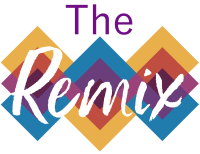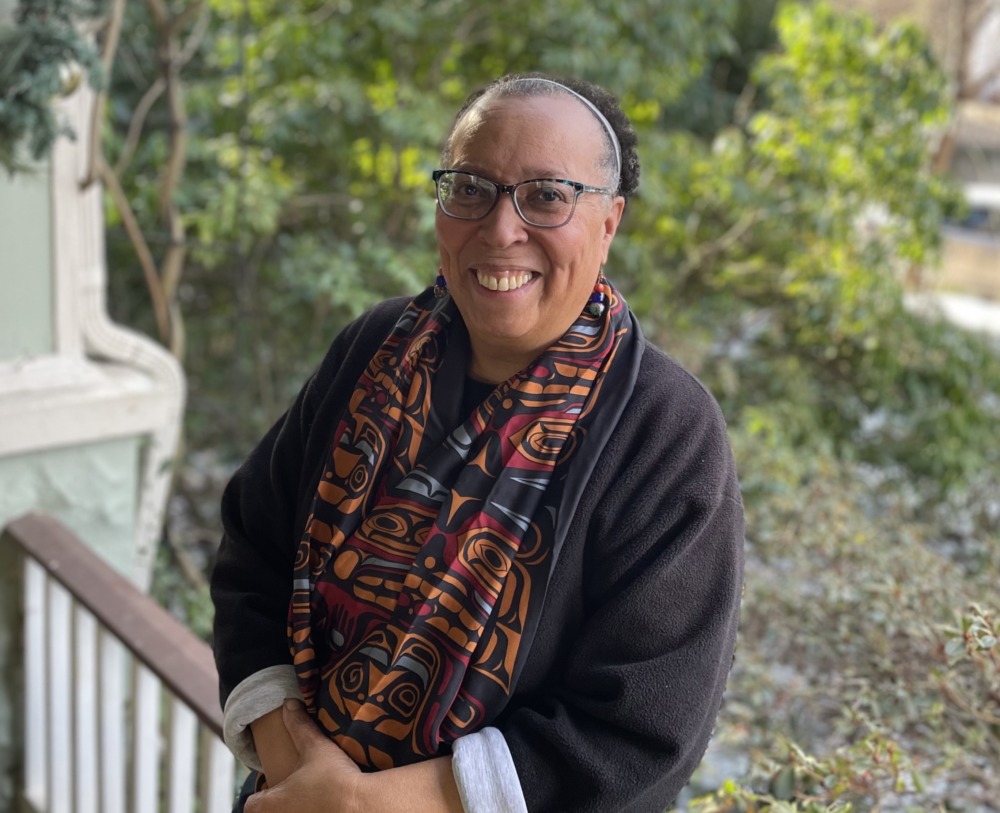The Power of Us Survey by the American Institutes for Research is slated to close at the end of March. This rigorously-designed national youth workforce survey will give us the quality of data needed to better understand the depth and breadth of staff shortages and diversification challenges across a wide range of youth serving fields.
 Equally important, it can help us understand the challenges behind these numbers. Pay is clearly an issue for both K-12 and out-of-school time staff. Most paid staff in the out-of-school time youth fields earn less than teachers and have fewer benefits. Some of these differences can certainly be chalked up to more advanced credentials, and better research can help strengthen the pipeline to full-time teaching, which is being increasingly promoted as a career path for afterschool workers.
Equally important, it can help us understand the challenges behind these numbers. Pay is clearly an issue for both K-12 and out-of-school time staff. Most paid staff in the out-of-school time youth fields earn less than teachers and have fewer benefits. Some of these differences can certainly be chalked up to more advanced credentials, and better research can help strengthen the pipeline to full-time teaching, which is being increasingly promoted as a career path for afterschool workers.
We will lose out on an opportunity to strengthen and align the full child- and youth-serving workforce and create more equitable opportunities if we don’t look carefully at the reasons and paths by which people come into and move out of roles within the learning and development ecosystem.
So if you work or have worked with youth in any setting and haven’t logged in, please do. The current response rate is sufficient to provide our first ever national glimpse at the youth fields workforce engaging youth in settings beyond the academic classroom and roles beyond classroom teacher. But stronger responses are needed to provide state-level data and to do sub-analyses to better understand training, career paths, and work rewards and experiences across different roles and organizations.
A decade ago, when Next Generation Workforce Coalition conducted surveys and focus groups in nine cities, we found a significant migration path from teaching and social work into youth programming, usually the lowest paid among these professions. The primary reasons cited by employees for the shift was the opportunity to see and be seen by young people — to put relationships first, to support youth’s interests, and to bring more of themselves into their jobs.
This finding stuck with me. I went off to college planning to become a middle school math teacher. During college, however, I worked as a counselor at an educational camp for teens that was based on the premise that teens are hungry learners if offered safe and challenging opportunities to pursue their interests. Our job, as counselors, was to build full relationships (we lived, bathed and ate with them), identify sparks and offer structured learning projects. Their job was to engage full in the task of becoming an integrated community of learners. The contrast between those summers and my student teaching experience, which was more focused on teaching content rather than nurturing talent steered me away from teaching.
Recognizing the centrality of relationships, The New Teacher’s Center has just launched The Elephant in the (Class)room, a compelling, people-centered vision for education. This vision is calling out the need to center humanity in our education systems.
Historically Black colleges and universities are already actualizing this vision. A recent story reported that HBCUs train nearly half of the Black teachers in the country. This contribution to the workforce is huge. Black students who have at least one Black teacher are more likely to graduate and less likely to be suspended or expelled. But, as the article details, race is often a proxy for naturally having mindsets and competencies that help Black students feel seen, safe, and supported — mindsets and competencies that aren’t explicitly taught in most teacher programs. They are at HBCUs however. Research shows HBCU teachers are more effective with Black students regardless of the teachers’ race.
If we keep our eyes on the prize, these efforts to center the importance of relationships and respect for both educators and learners can be used to not only overcome workforce challenges across the youth-serving field, but to galvanize local and national commitments to youth. That means creating more equitable ecosystems for learning and development that provide youth and families with the information, resources and incentives they need to connect to well-staffed programs and opportunities that pique their interests, affirm their identities and meet their needs.
***
Karen Pittman is a partner at KP Catalysts and the founder and former CEO of the Forum for Youth Investment.






























